Affiliate links on Android Authority may earn us a commission. Learn more.
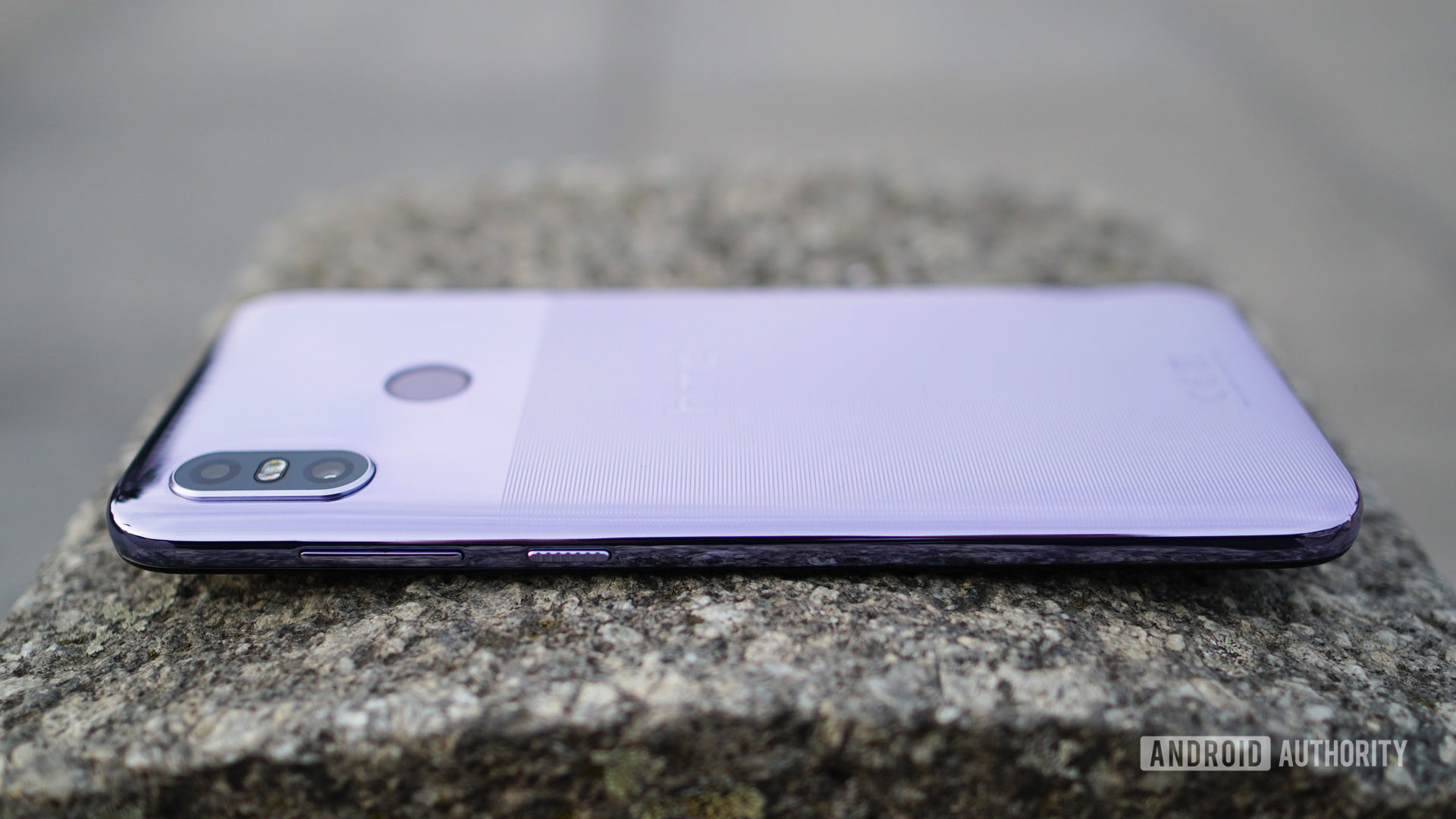
HTC U12 Life
What we like
What we don't like
HTC U12 Life
HTC is in free fall, with no clearly defined product strategy. It sold half its R&D team to Google at the start of the year, and still doesn’t have a coherent approach to marketing — right now HTCseems like a company in quicksand. The U12 Life shows HTCdesperately reaching for salvation, with no attachment to anything it has done before.
That noncommittal, freewheeling approach has delivered a reimagining of last year’s U11 Life that shows HTCstill has some good ideas up its sleeve. While it’s commendable to completely revise a losing recipe, I’m not sure the U12 Life will fare any better than its predecessor.
Product lines are typically quite logical: a company identifies a target market or niche and creates range of hardware and software aimed at addressing its needs. Successive generations might add or remove features, but the basic logic of what the product line represents — who it’s for and what it does — remains relatively consistent. There’s no mistaking what product lines like the Galaxy Note series, LG V series, OnePlus line, or BlackBerry’s offerings are all about. Not so with HTC.
It feels like whoever is behind the U12 Life didn’t agree — at all — with what the original team thought the Life series was about. The U12 Life comes across as a completely different product to the U11 Life, one unattached to what the U11 Life was or aspired to be. Given HTC’s recent staffing changes, including the loss of its handset division head, Chialin Chang, that isn’t entirely unexpected.
To get it all out of the way quickly, here’s a table showing the major changes between the U11 Life and the U12 Life:
| U12 Life | U11 Life | |
|---|---|---|
IP rating | U12 Life No | U11 Life Yes |
Edge Sense | U12 Life No | U11 Life Yes |
Headphone jack | U12 Life Yes | U11 Life No |
Display | U12 Life 6-inch LTPS | U11 Life 5.2-inch IPS LCD |
Sense Companion | U12 Life No | U11 Life Yes |
Battery capacity | U12 Life 3,600mAh | U11 Life 2,600mAh |
Android One version | U12 Life No | U11 Life Yes |
Selfie camera | U12 Life 13MP f/2.0 | U11 Life 16MP f/2.0 |
Main camera | U12 Life Dual: 16MP f/2.0 + 5MP (depth) | U11 Life Single: 16MP f/2.0 |
HTC U12 Life design
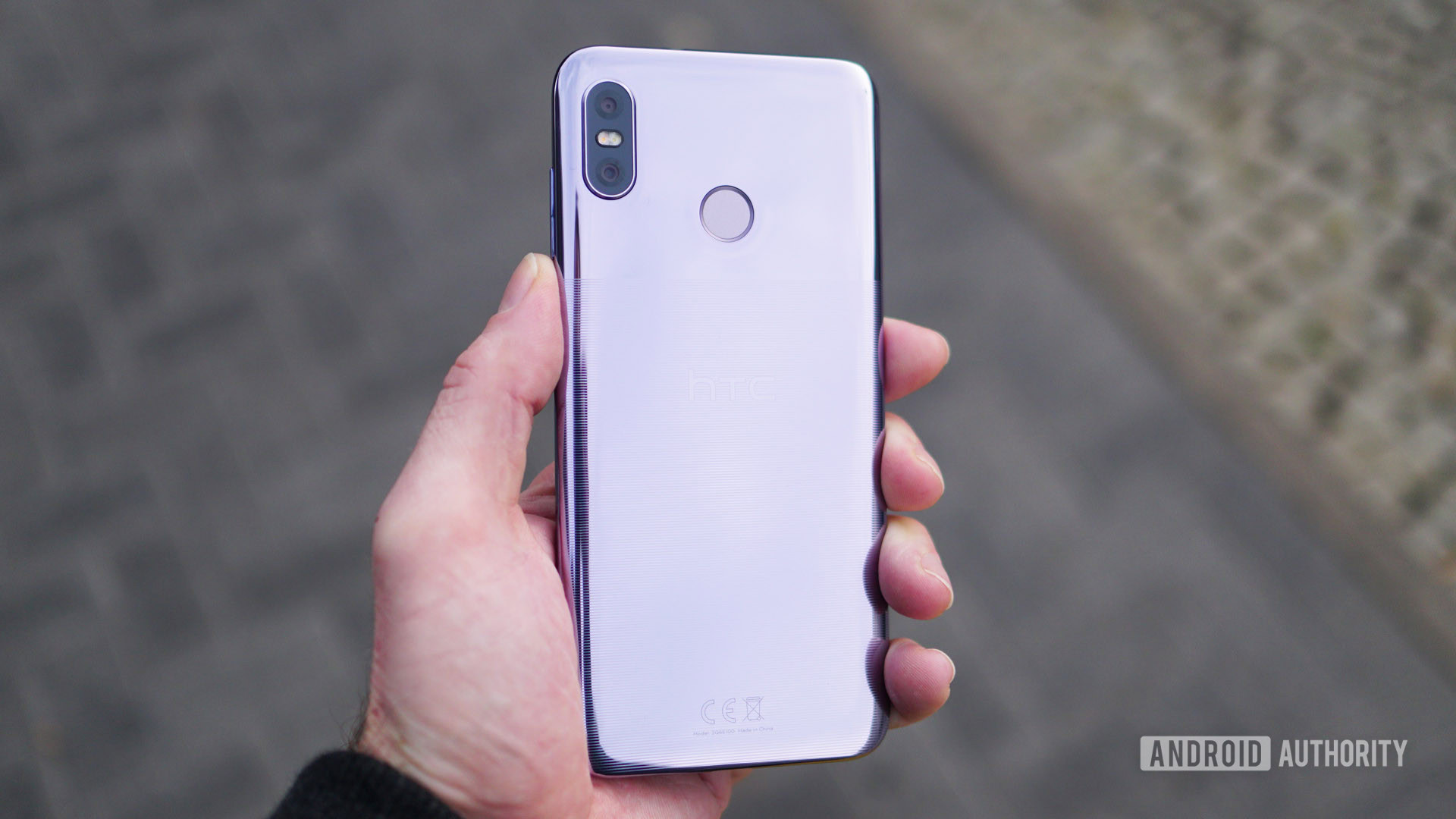
Funnily enough, the HTCU12 Life looks a lot like the Google Pixel series. Likely the U12 Life actually started out under the Pixel team that left for Google back in January and was carried to fruition by another team after they left. However, even within the HTCU12 Life’s design there’s a lot of chop-and-change going on.
The U12 Life is made of a polycarbonate frame like its predecessor. In a world of fragile, scratch-prone glass sandwiches, I don’t mind the choice of plastic. It is handled well and doesn’t feel too cheap (HTC is trying all manner of marketing guff to make it sound like glass, but it isn’t). Unlike the U11 Life, which adhered to HTC’s “liquid surface” design language, the U12 Life introduces etched stripes on the back for additional grip and reducing fingerprints.
The 3D Ultra Stripes, as they are called, actually work as advertised. You’ll still get some fingerprints on the bottom two-thirds of the U12 Life, but nowhere near as many as the top section near the camera. The shallow grooves increase grip and provide a lovely surface on which to fidget. My only gripe with the plastic backing of the U12 Life is the visible “warping” in the plastic around the fingerprint sensor and camera housing.
The 3D Ultra Stripes add grip and minimize the appearance of fingerprints.
The buttons are fine (and thankfully not capacitive like on the ill-fated U12 Plus), but they feel a little cheap. The ribbed power button is easy to identify through touch alone and can be pressed twice to quickly access the camera. In a rare walk-back, HTCbrought the 3.5mm headphone port back in the U12 Life, after the U11 Life arrived without one.
This year there are stereo speakers, one mounted on the bottom next to the USB Type-C charging port and the other via the earpiece speaker above the display. According to HTC, they weren’t considered good enough to be designated BoomSound speakers. In my experience they were still perfectly serviceable, getting nicely loud without distortion. They’re a far cry from the best HTC phones you can buy, but at least they’re OK. The SIM card tray has also shifted from the top edge on the U11 Life to the left hand side on the U12 Life.
HTC U12 Life display
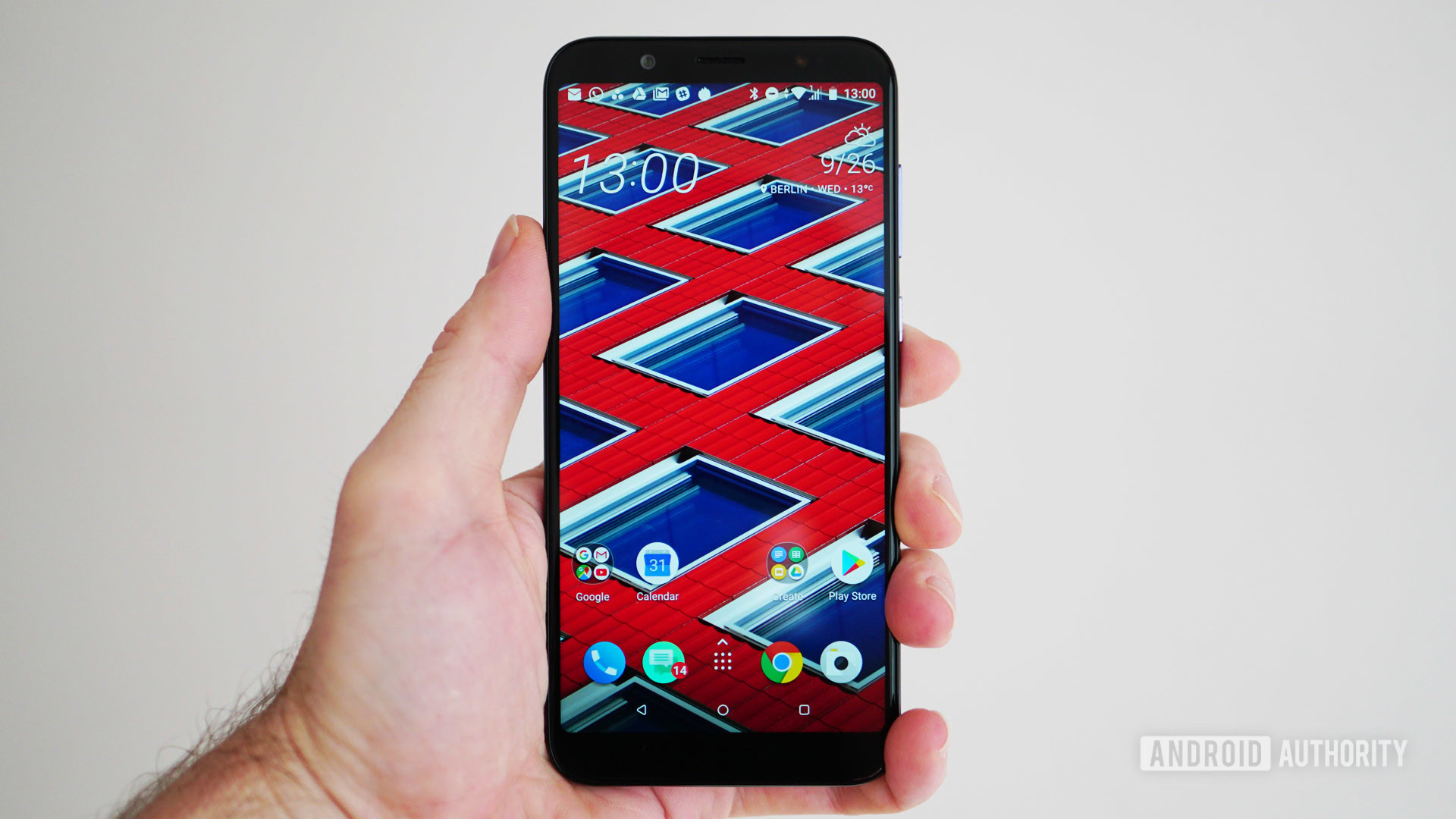
The front of the HTCU12 Life is more impressive than its predecessor, with smaller bezels and no notch. HTCtells me it is committed to avoiding the notch in future devices as well. In the top bezel you’ll find the speaker, a LED notification light, front-facing camera, and a couple of sensors.
HTC says it is committed to avoiding the notch.
On-screen navigation is the order of the day on the U12 Life. I prefer it this way, but fans of HTC’s traditional commitment to capacitive buttons will likely feel let down. Obviously, the fingerprint scanner is no longer on the front of the phone either — another significant change from the U11 Life.
Colors are bright and satisfying, brightness is good enough if not great and viewing angles are solid. The 6-inch low-temperature polycrystalline silicon (LTPS) panel uses less energy than an IPS LCD and it’s also cheaper to produce. The U12 Life adopts the more modern 18:9 aspect ratio with 2,160 x 1,080 resolution and 402ppi. The screen leaned a little cool out of the box, but you can adjust the color temperature in the settings to whatever you prefer.
See also: The best displays of 2018
HTC U12 Life software
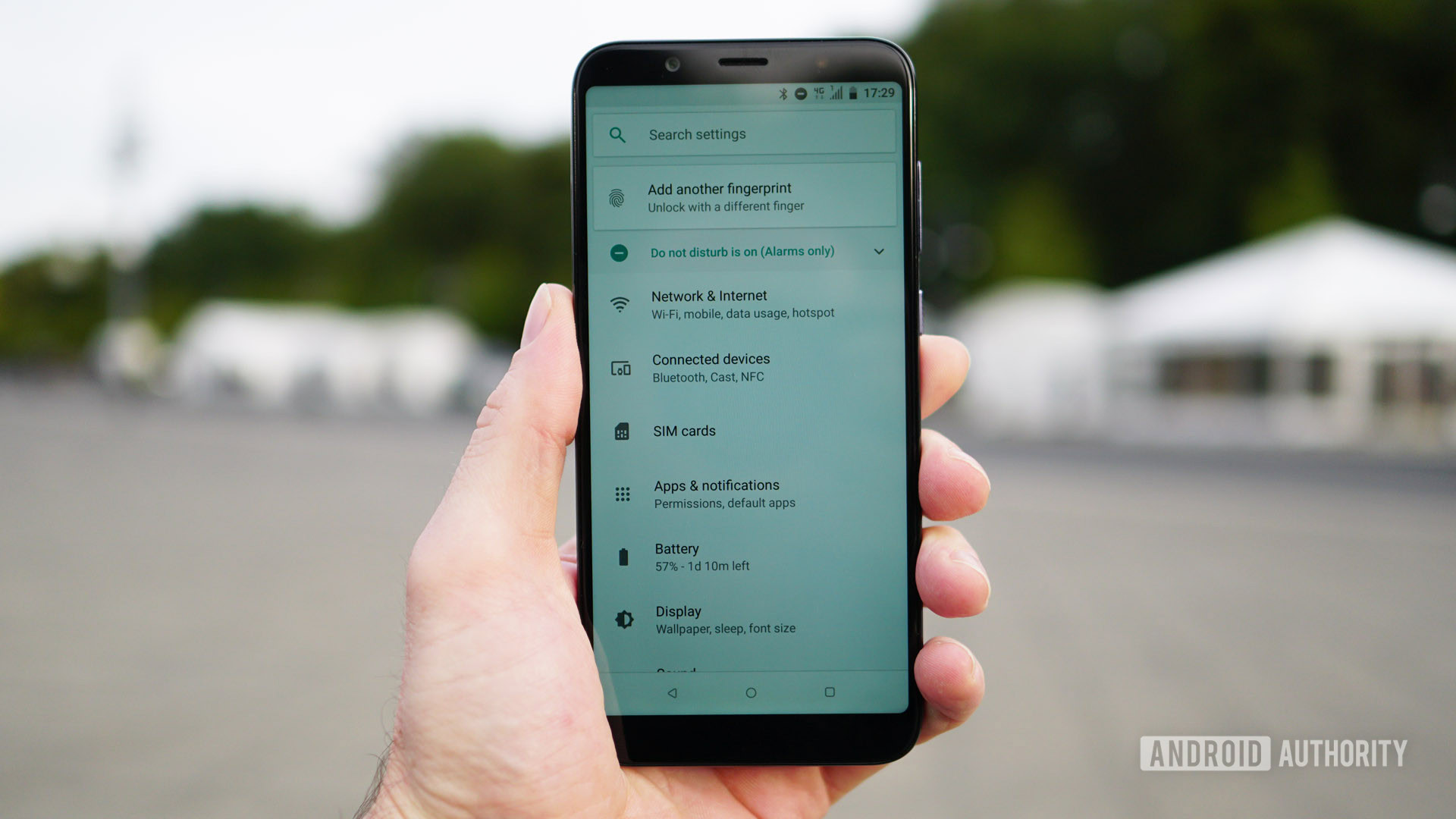
The U12 Life runs “Light Sense,” a pared-down version of full-blown HTCSense that reduces the number of bloatware apps (farewell News Republic!) and presumably reduces strain on system resources. Unfortunately for fans like me, there’s no Android One version this year.
There's no Android One version this year, and the U12 Life ships without Edge Sense or Sense Companion.
Sense Companion is gone, as is Edge Sense. I actually really like Edge Sense, so I’m sad to see it not included. I may well be among the minority though, so its absence likely won’t be a dealbreaker for many. Your virtual assistant needs can now be fulfilled solely by Google Assistant.
The look and feel of Light Sense is much the same though, so you’ll be able to find your way around just as easily. The UI is just as clean and inoffensive as it has been for years and a swipe up app drawer keeps those familiar app icons in order. HTCThemes are still included if you want them.
Blinkfeed still throws up the worst of the internet (in between the ads) and should be disabled out of the box. It’s a little weird that HTCgave up on Sense Companion for Google Assistant but is still trying to make Blinkfeed better than the Google feed. To each their own. The HTCU12 Life runs Android 8.1 Oreo out of the box.
HTC U12 Life performance
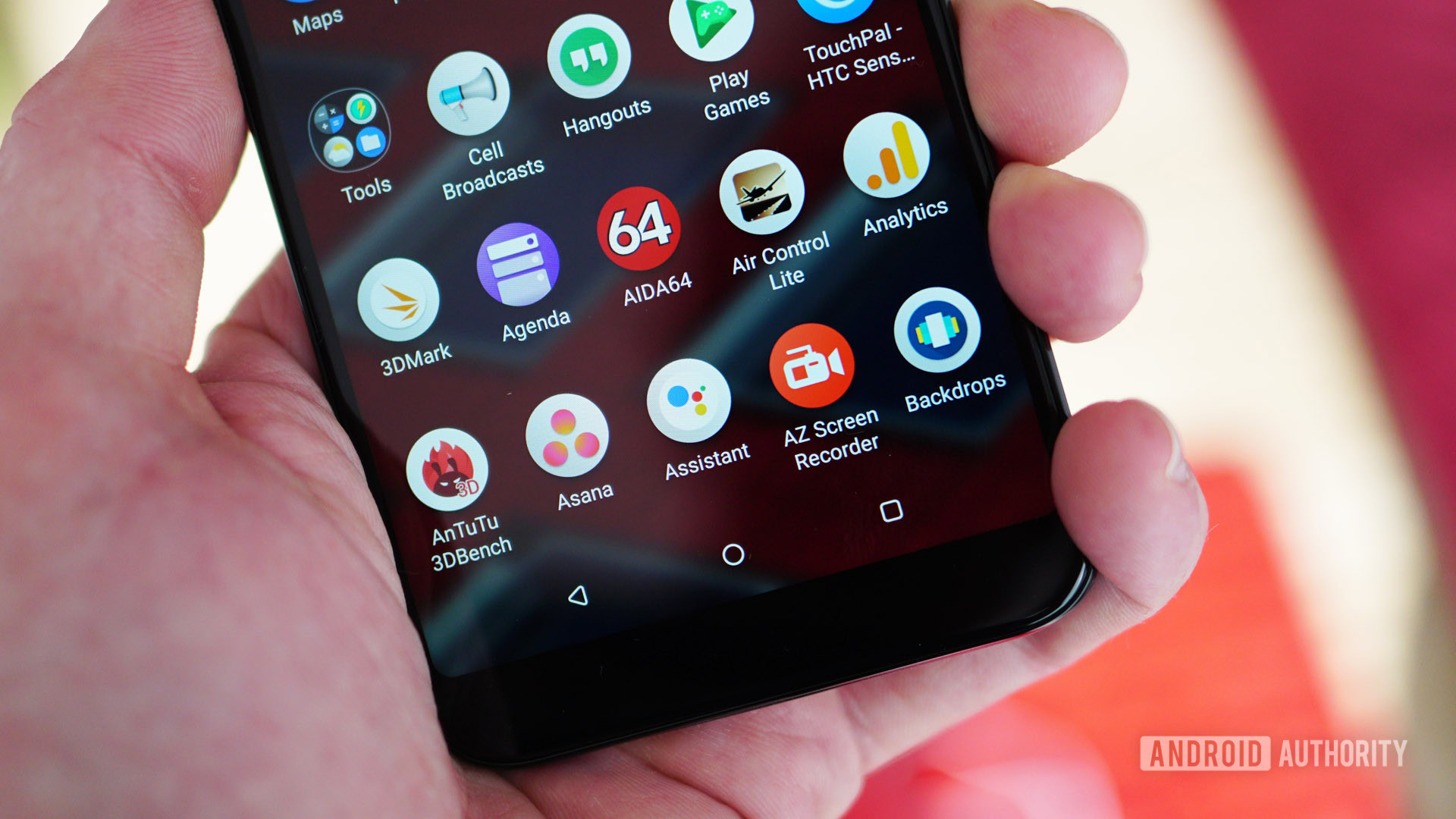
The U12 Life uses the 14nm Snapdragon 636 mobile platform with eight Kryo 260 cores and the Adreno 509 GPU. Compared to other mid-range phones I’ve used recently, the U12 Life struggled with occasional slow-downs and general sluggishness in everyday use. A factory reset didn’t solve anything, nor did software updates during the U12 Life review period.
In everyday use, the U12 Life struggled, with occasional slow-downs and general sluggishness.
Despite HTC’s rather minimal software layer, the mid-range chipset and 4GB of RAM in my review unit just couldn’t push those pixels around fast enough when multitasking and putting the U12 Life through its paces. I wasn’t expecting OnePlus 6T levels of speed, but it felt more like I was using a HTCDesire 626 than a 2018 product. Avoid the U12 Life if mobile gaming is high on your hit list.
The U12 Life I received had 64GB of storage with microSD expansion via a hybrid slot in the dual-SIM tray. The base model U11 Life came with 3GB of RAM and 32GB of storage, so the bump to 4GB/64GB is a welcome one. A U12 Life variant exists in Taiwan with 6GB/128GB, but that likely won’t matter to you.
HTC U12 Life battery
The 3,600mAh battery in the U12 Life is almost 30 percent larger than the 2,600mAh cell of last year’s U11 Life. While it does a pretty good job of keeping the lights on, you definitely won’t be getting 30 percent more screen-on time. That’s likely due to the much larger screen despite the more energy efficient chipset.
I averaged five to five and a half hours of screen-on time per day when mostly using the U12 Life for non-demanding tasks. Average days had a lock on five hours, but days spent taking lots of photos or gaming more than average dropped that number significantly, frequently to less than four hours. For reference, Josh got around four and a half hours of screen-on time when he reviewed the U11 Life with Sense.
HTC U12 Life specs
| HTC U12 Life | |
|---|---|
Display | 6.0-inch LCD 2,160 x 1,080 resolution 18:9 aspect ratio |
SoC | Qualcomm Snapdragon 636 Mobile Platform, octa-core, 64-bit |
GPU | Adreno 509 |
RAM | 4 or 6GB |
Storage | 64 or 128GB MicroSD card slot |
Cameras | Rear cameras: 16MP + 5MP sensors, phase detection autofocus, dual-LED flash, f/2.0 aperture, HDR, 4K video recording Front camera: 13MP sensor, f/2.0 aperture, LED flash, HDR, FHD 1080p video recording |
Battery | 3,600mAh |
IP rating | N/A |
Sensors | Ambient light sensor Proximity sensor Motion G-sensor Compass sensor Gyro sensor Magnetic sensor Fingerprint sensor Sensor Hub for activity tracking |
Network | 2G/2.5G GSM/GPRS/EDGE - 850/900/1800/1900MHz 3G UMTS - 850/900/1900/2100MHz - HSDPA 42, HSUPA 5.76 4G LTE - Dual 4G LTE Nano SIM (availability varies by region) - FDD: Bands 1, 2, 3, 4, 5, 7, 8, 12, 17, 20, 28, 32, 66 - TDD: Bands 38, 40 - Supports Cat 11 downloads up to 600Mbps, upload up to 75Mbps |
Connectivity | USB Type-C 3.5mm headphone jack Bluetooth 5 Wi-Fi: 802.11 a/b/g/n/ac (2.4 & 5GHz) NFC GPS/GLONASS |
Software | Android 8.1 Oreo HTC Sense |
Dimensions and weight | 158.5 x 75.4 x 8.3mm 175g |
Colors | moonlight blue, twilight purple (availability varies by region) |
HTC U12 Life camera
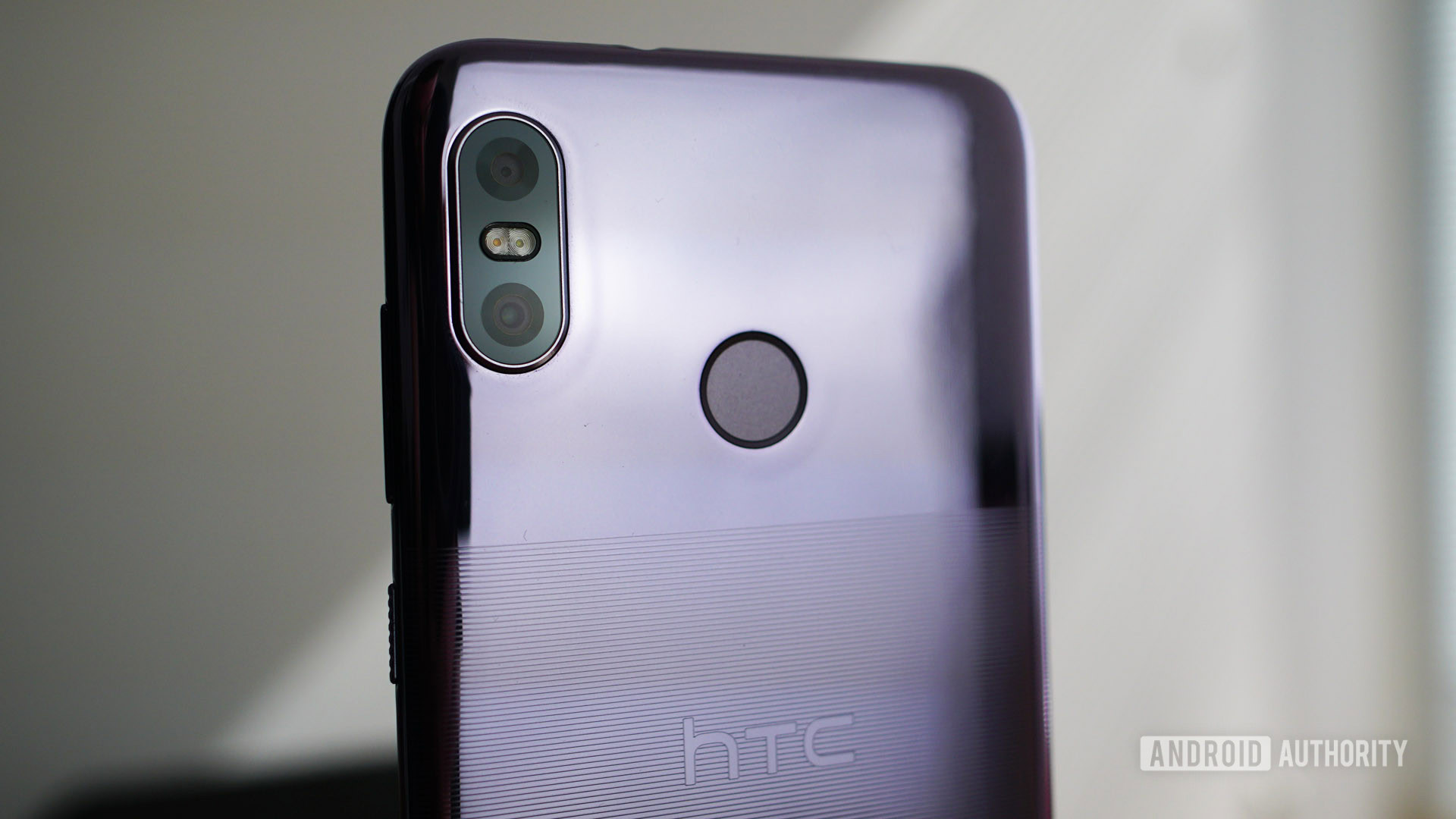
HTC generally makes solid but not outstanding cameras. The U12 Life adds an extra 5MP f/2.2 depth-sensing sensor to the 16MP f/2.0 lens of the U11 Life. That aids with the fun bokeh portrait mode shots and the results are pretty good. Portrait mode does a good job producing realistic looking background blur with quite natural bokeh. The shot of the Berlin Wall and the macro shot of the stones in the gallery below show what I mean. Sadly the camera relies on not-so-great EIS instead of optical stabilization.
The front-facing camera gets a downgrade to a 13MP sensor, but I really liked the natural look and detail it captured.
The front-facing camera weirdly gets a downgrade from the U11 Life, going from a 16MP f/2.0 lens last year to a 13MP f/2.0 lens this year. Luckily the quality is pretty similar. I really liked how much natural detail the front-facing camera picked up on without doing anything too weird with beauty mode or skin softening. The camera tended to blow out highlights, as you can see in the selfie below where the light is blown out on the side of my face, but overall the results were very good.
Images shot with the U12 Life’s primary cameras are generally decent but lack any kind of punch to make them stand out. For the price point, the U12 Life isn’t expected to perform any miracles, but there’s an unfortunate capable-but-unreliable bent to the main camera here you don’t necessarily get on other phones around this price.
As soon as the light starts to drop even a little you either need a surgeon’s steady hands or to lean the U12 Life on something to avoid blur in the resulting shot. The lack of OIS here is a problem both for low-light shots as well as video, which is otherwise good. If you use a support and play your cards right, it is possible to get good low-light photos. This definitely isn’t the phone you want if you take lots of selfies in gloomy bars though or if you plan to shoot lots of moving video.
The lack of OIS is a problem both for low-light shots and video, but if you play your cards right you can get some good shots and footage.
In the daytime the U12 Life performs pretty well, capturing plenty of detail and balancing out high contrast shots very nicely with HDR mode enabled. I actually really like the way HTChandles HDR — the results don’t look crazy fake like with some phones. The U12 Life struggles to do much with blown-out skies, but brings up the shadowy areas very nicely.
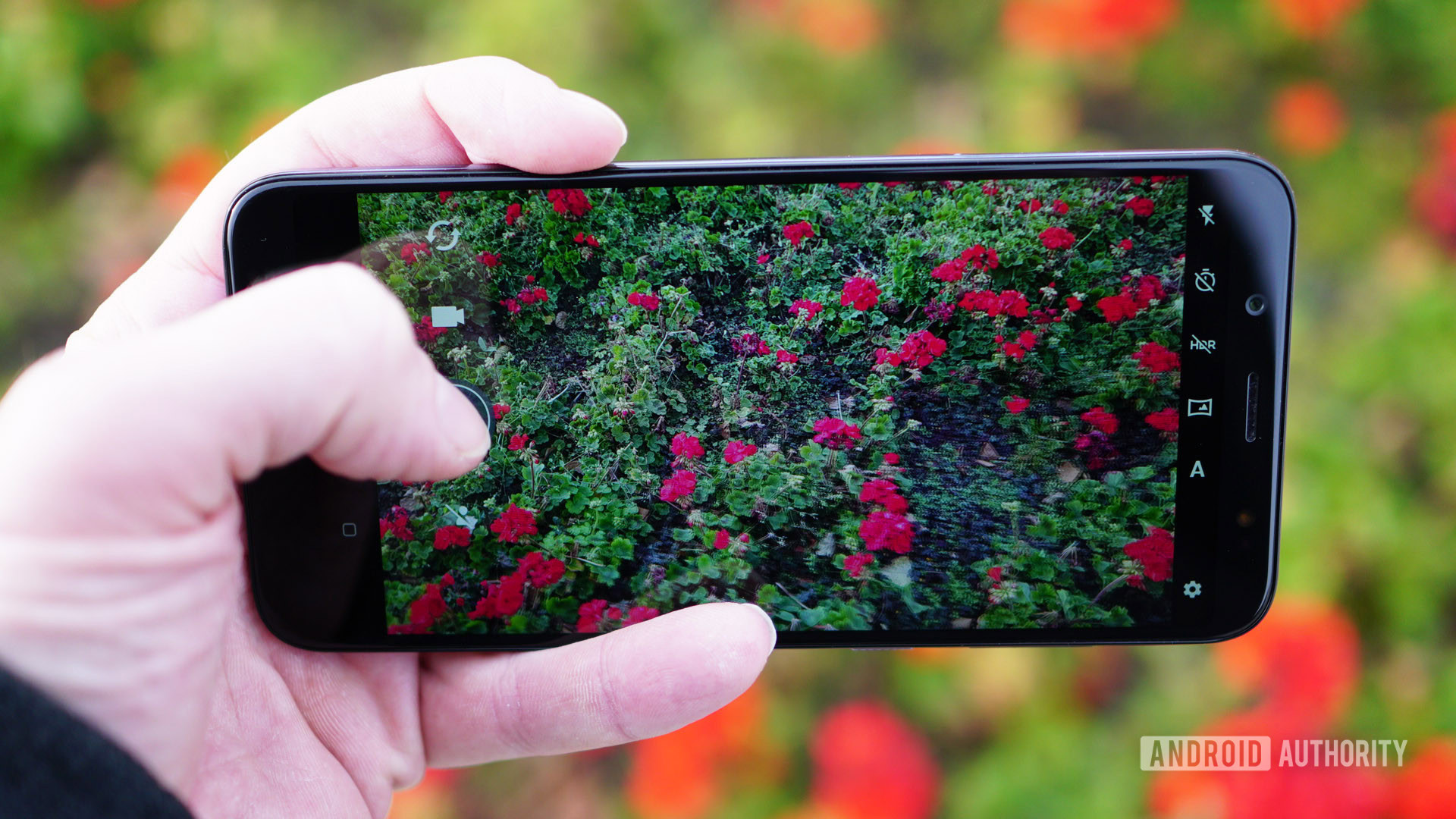
Perhaps my biggest issue with the U12 Life camera is just how flat it shoots. I rarely took a photo that looked great without me thinking I needed to take a trip to an editing app first. If you dislike the tendency most phones have these days to oversaturate and oversharpen images, the U12 Life may suit you just fine, but for me it required too much work to get good shots out of and even then I still had to edit them before sharing.
Related: Best of Android: best cameras
Pricing and final thoughts
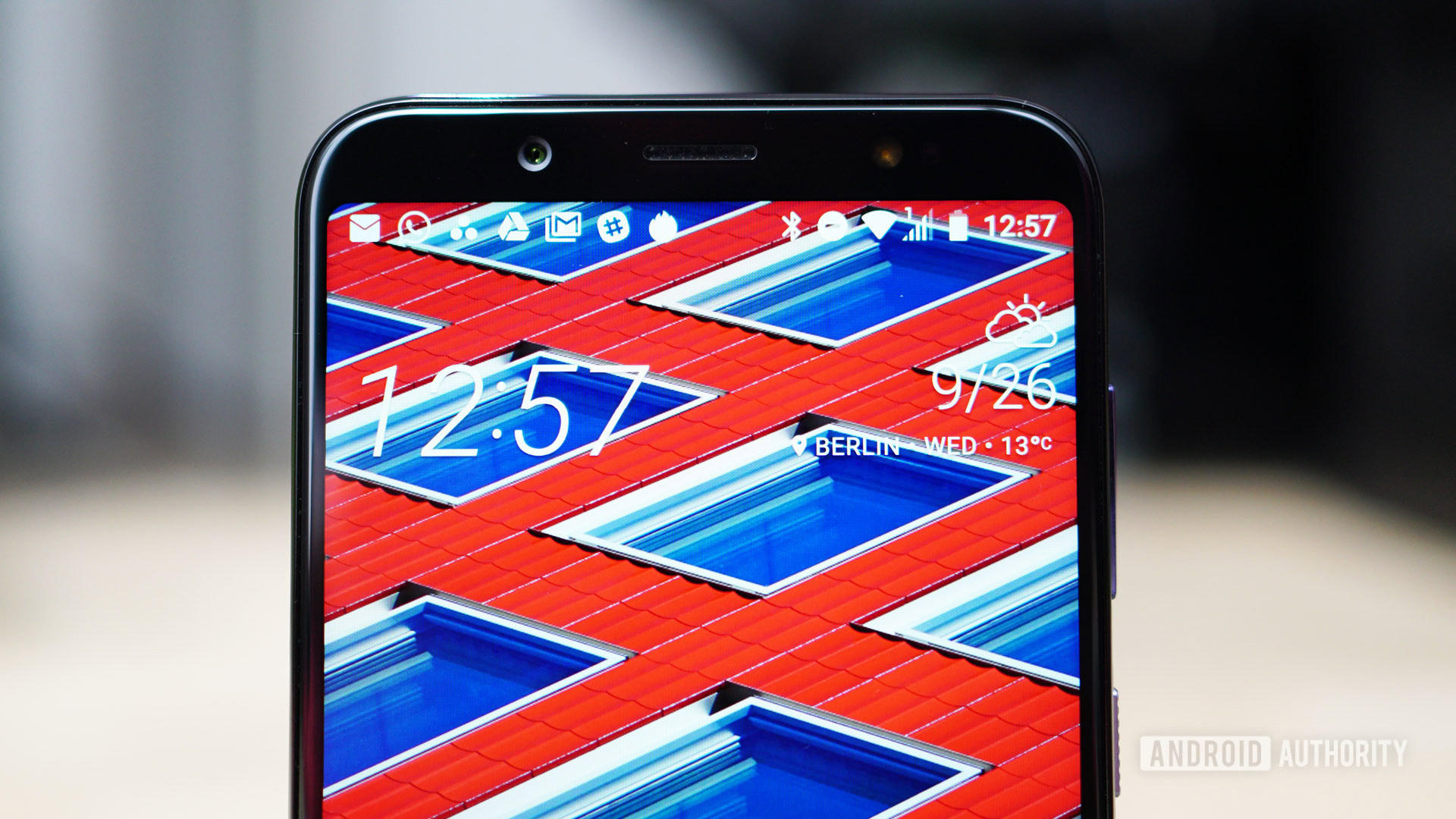
I liked the U11 Life last year, but the U12 Life carries none of that history over. It feels like it’s starting from scratch, changing the screen size and display tech, ditching the IP rating and familiar Sense software features while bringing back the headphone jack and beefing up the battery capacity.
Taken on its own, the U12 Life offers a perfectly decent package. It has a good screen, decent battery life, an acceptable dual camera, and alright audio, but it doesn’t really nail any of that. Its battery life isn’t where it could be. The camera is pretty unreliable and lacks OIS. Performance is unsatisfactory. It does away with some of the best parts of its predecessor, too.
Taken on its own the U12 Life offers a perfectly decent package, but there are far more competitive phones at this price.
The changes at HTCare evident in the U12 Life. It’s a device disconnected from its product line, both from the previous Life variant and the flagship U12 Plus, looking for success wherever it can. I doubt the U12 Life will find it any more than the U11 Life did, but I liked that device and I kind of still like this one too. It’s just a lot harder to recommend this time around when there are so many more compelling devices on the market for the same amount of money and no longer an Android One option anymore.
If you’re a die-hard HTCfan with 349 euros (~$395) to spare, I say go for it, as long as gaming performance and great photos aren’t high on your list of priorities. If you’re looking for a competitive mid-range phone with a solid chipset, new version of Android, great camera and battery, and a few high-end extras thrown in, this is not the phone for you. Instead look at the Xiaomi Mi A2, Nokia 7.1 Plus, HONOR Play, ASUS Zenfone 5Z, Moto G6 Plus, or of course the flagship spec’d Pocophone F1.
The HTCU12 Life is available in moonlight blue and twilight purple through HTC’s online store for 349 euros in Europe and 299 pounds (~$383) in the U.K. It won’t be coming to the U.S.